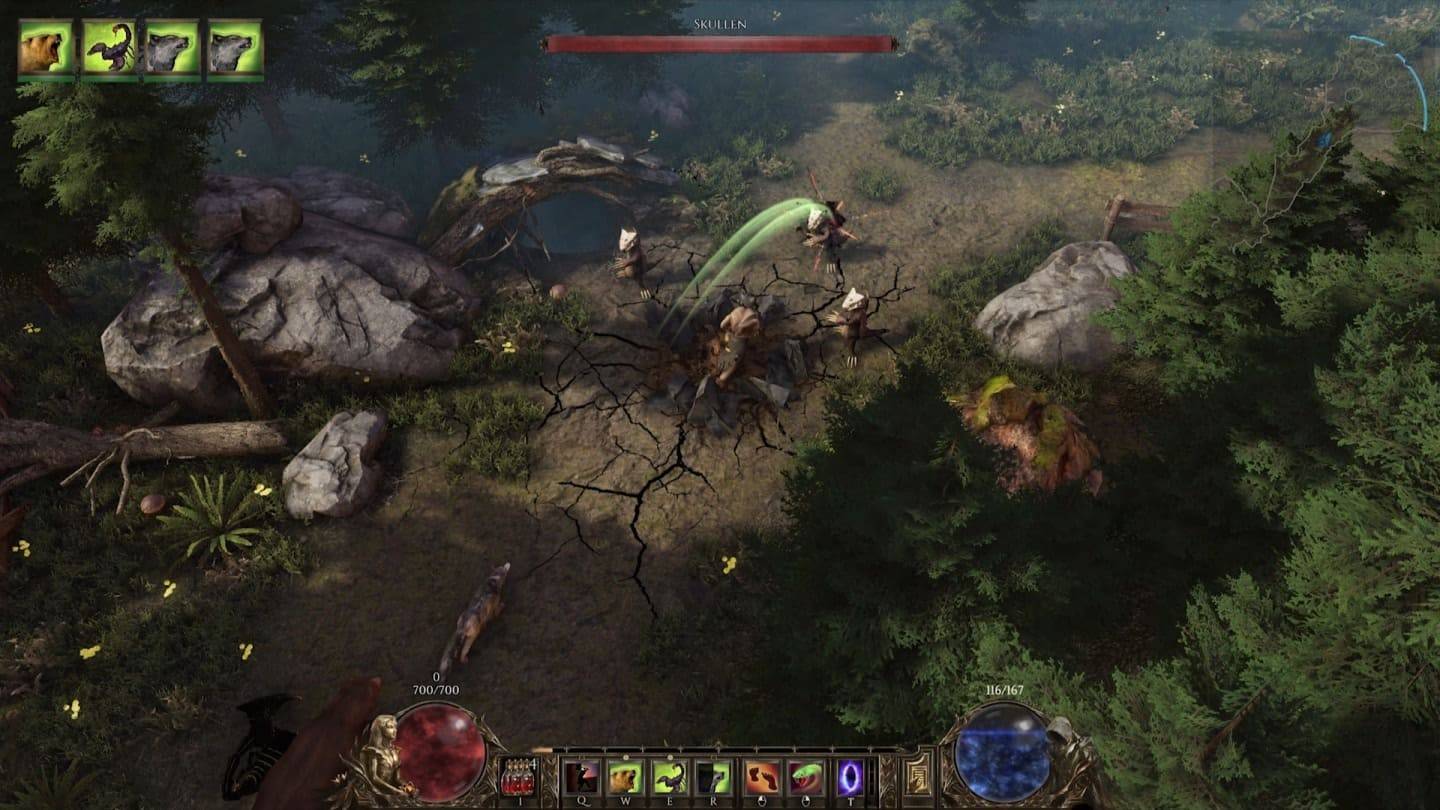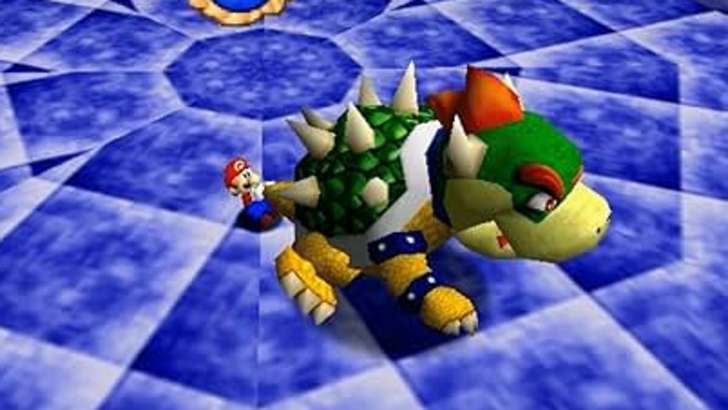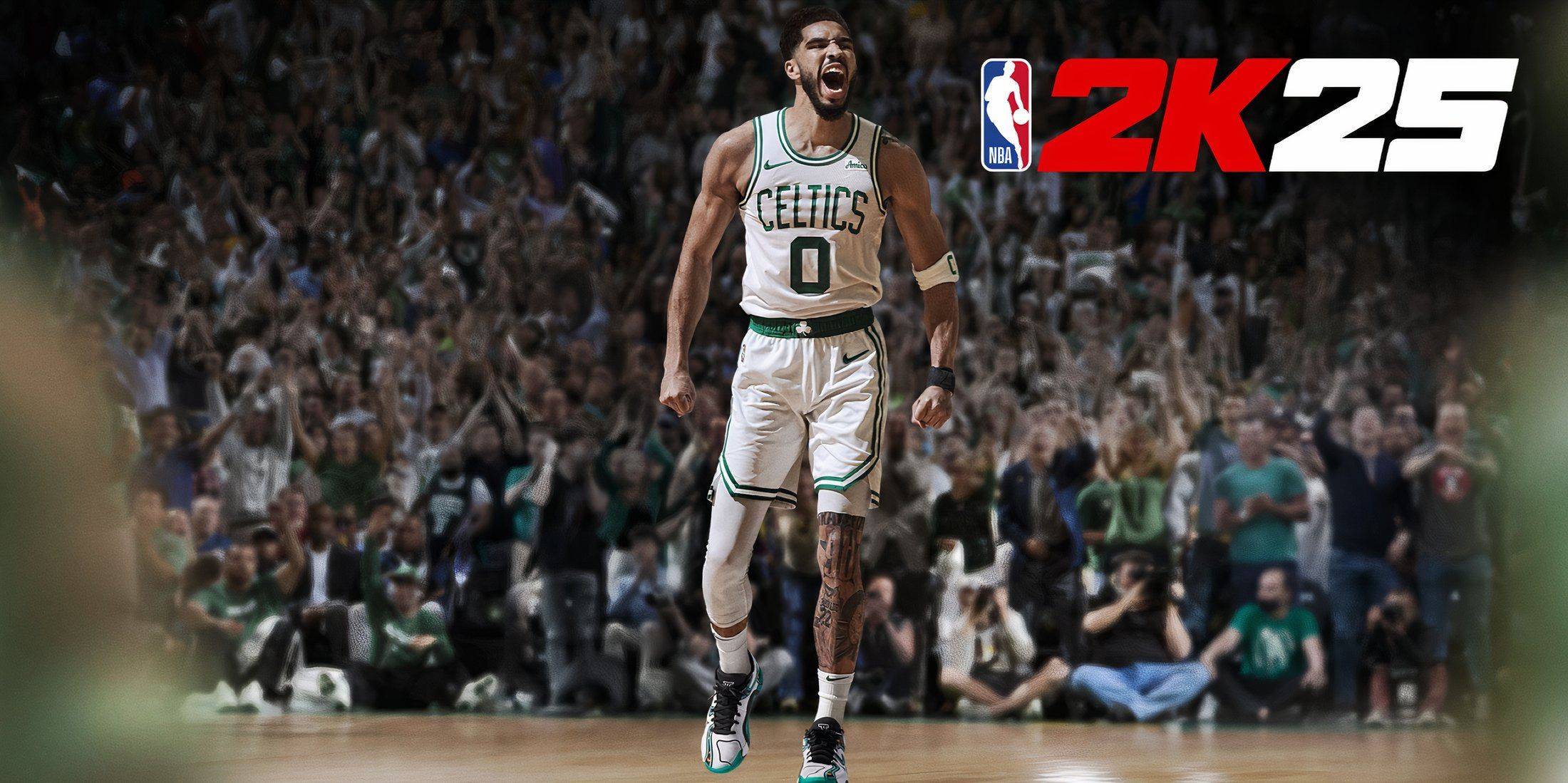Recent statistics about the rank distribution in Marvel Rivals on PC, shared across social media, have sparked both interest and concern among the gaming community. One key aspect to focus on is the concentration of players in the Bronze ranks, particularly Bronze 3. In Marvel Rivals, reaching Bronze 3 is automatic upon hitting level 10, after which players must engage in ranked matches to progress further.
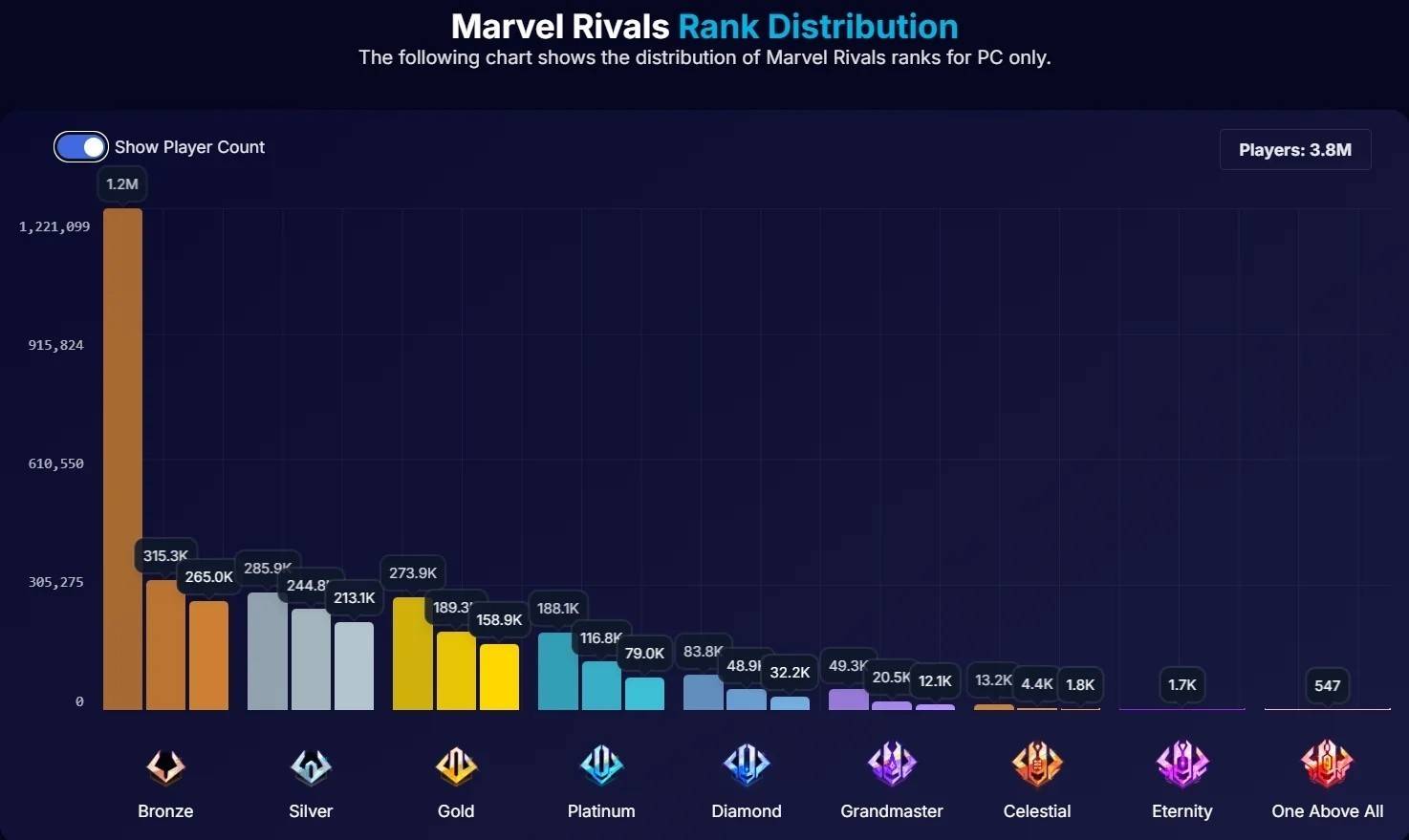 Image: x.com
Image: x.com
In most competitive games, the transition from Bronze 3 to Bronze 2 is designed to be relatively straightforward. Developers typically aim for a rank distribution that follows a Gaussian curve, or bell curve, where the majority of players fall into the middle ranks, such as Gold. This model ensures that players are "pulled" towards the center, with wins granting more points than losses, facilitating a smoother climb through the ranks.
However, the data for Marvel Rivals paints a different picture. There are four times as many players in Bronze 3 compared to Bronze 2, and the overall rank distribution deviates significantly from the expected Gaussian curve. This unusual distribution suggests a lack of engagement with the ranking system. Players may not be motivated to grind through ranked matches, which could be due to various reasons such as dissatisfaction with the game's mechanics, the reward system, or the competitive environment itself.
This trend is a potential red flag for NetEase, the developers of Marvel Rivals. A disinterested player base in the ranking system can indicate broader issues with the game's appeal and retention. It's crucial for NetEase to investigate these patterns and consider adjustments to make the ranking system more engaging and rewarding, thereby encouraging players to invest more time and effort into climbing the ranks.

 Latest Downloads
Latest Downloads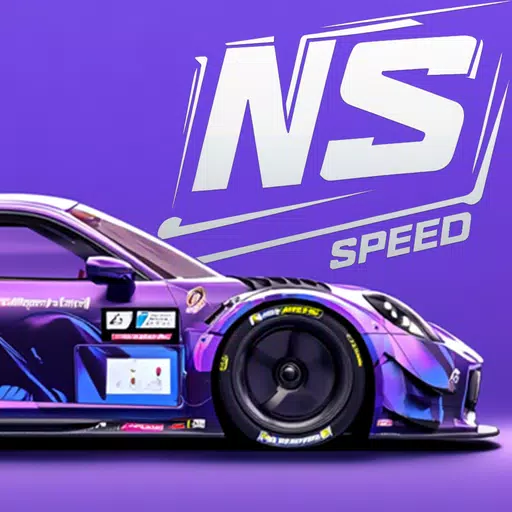
 Downlaod
Downlaod



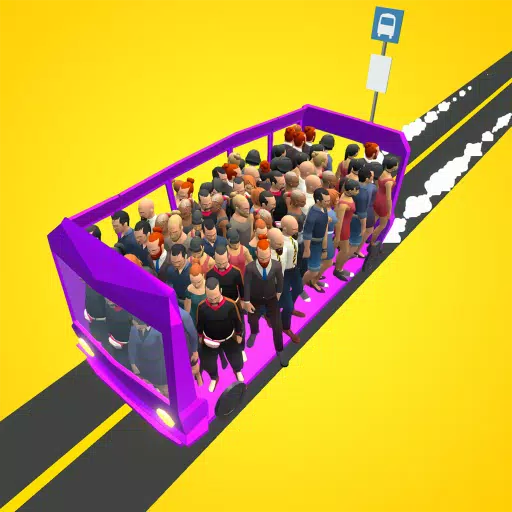
 Top News
Top News